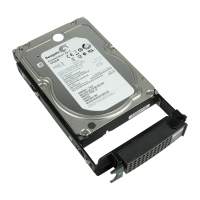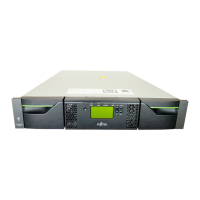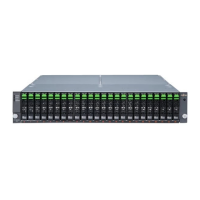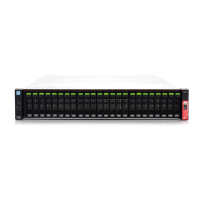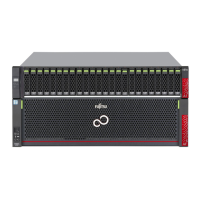Why is I/O access slow on my Fujitsu Eternus DX90 S2 Storage?
- Sstephanie20Aug 18, 2025
If I/O access is slow on your Fujitsu Storage, check the following: Ensure the ambient temperature is within operating conditions, as exceeding this can reduce Nearline SAS drive performance. Use the ETERNUS Web GUI to check for abnormalities in the storage system parts. Check the controller status; a power failure during controller failure can cause temporary performance degradation. Also, check the path status and adjust configurations if the load is unbalanced. Verify the FC port transfer speed, ensuring it matches the server or FC switch speed. Finally, check the number of command queues in the server.











